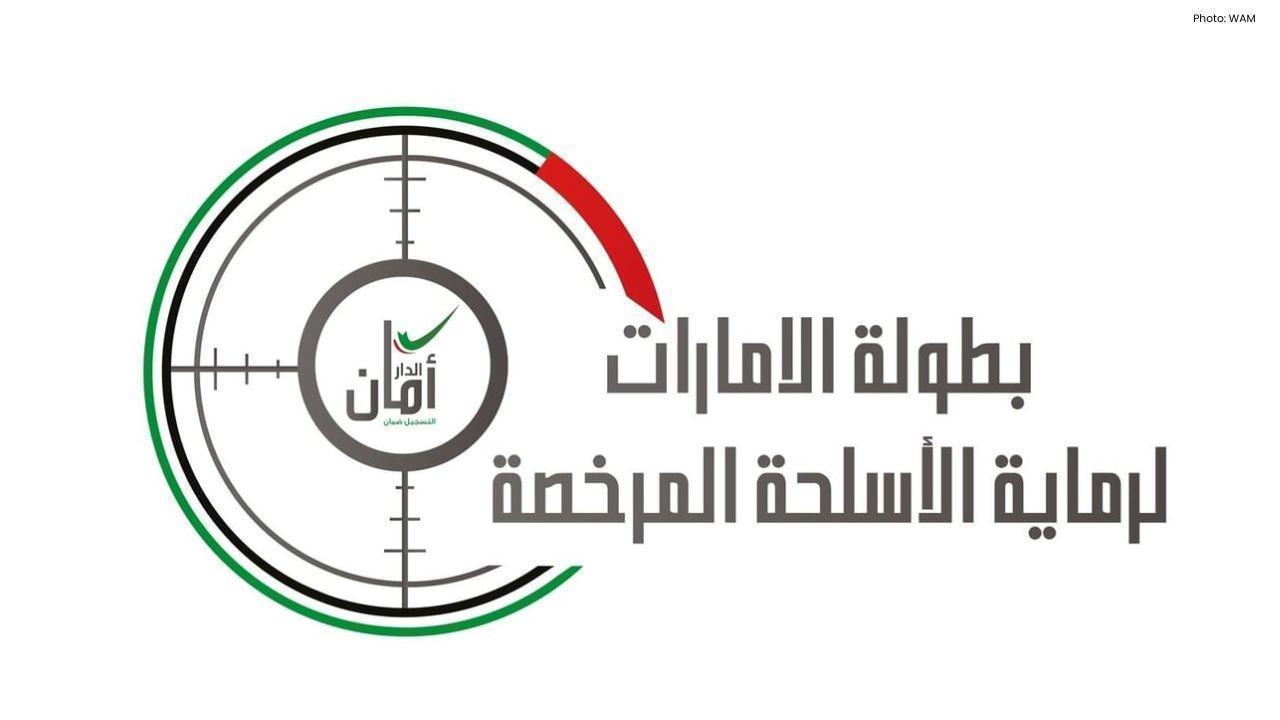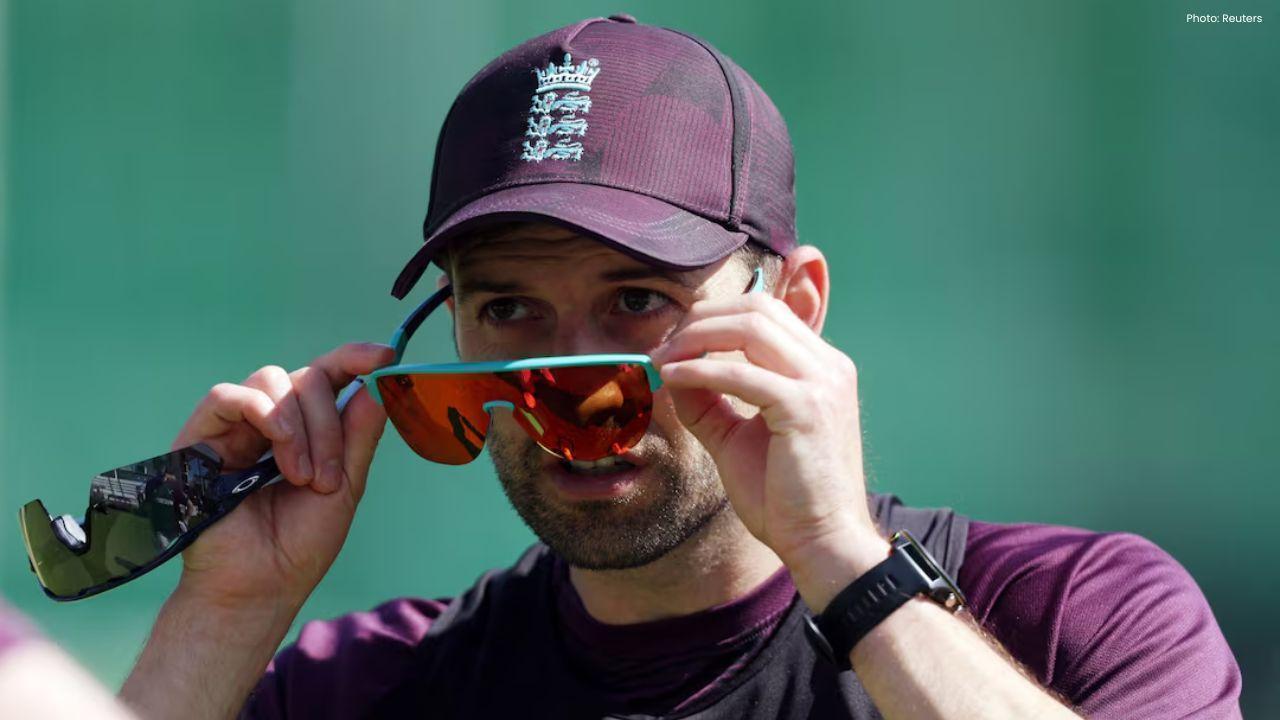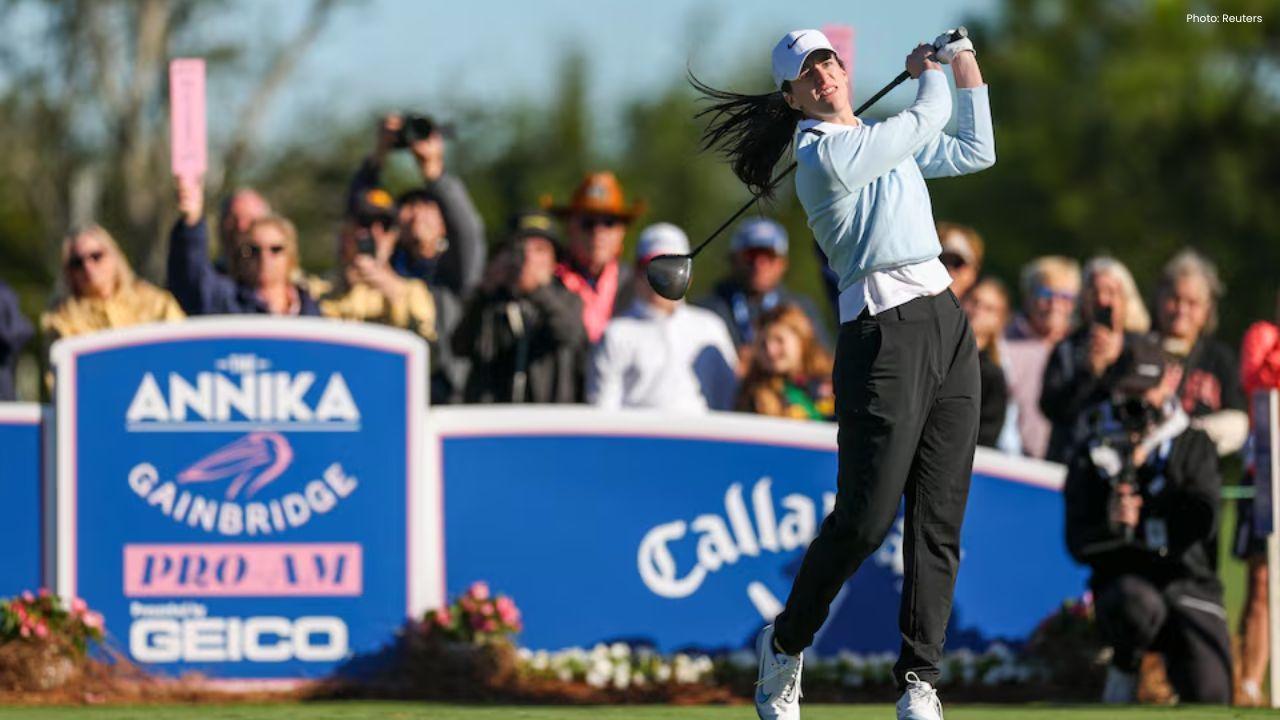
Post by : Saif Nasser
Australia’s central bank, the Reserve Bank of Australia (RBA), has said that core inflation will stay above its target for longer than expected. According to its new forecast, inflation will likely remain higher than the goal of 2–3% until the middle of 2026 and may not fully return to normal until the end of 2027.
The RBA announced this after it decided to keep interest rates steady at 3.6% during its latest meeting. This move came as prices for goods and homes continued to rise faster than expected. Economists say this makes it harder for the central bank to cut rates again soon.
The RBA’s new report shows that the country’s economy is stronger than earlier believed, but inflation — the rate at which prices rise — has not slowed down enough. The bank said that even though it has cut rates three times this year, prices are still high in many sectors like housing, food, and services.
It now expects underlying inflation, which removes sudden price changes, to reach 3.2% by the end of this year, instead of staying around 2.6% as predicted earlier. This is a big change from its last forecast. The RBA also said core inflation, which looks at long-term price growth, might not come down to the 2–3% range until late 2026 and may only reach around 2.6% by 2027.
The report said that home prices in Australia have jumped to record highs, helped by earlier rate cuts and strong demand from buyers. The rise in housing costs is one of the main reasons inflation is still high. Consumer spending has also increased in some areas, which means people are buying more goods and services again. But the RBA noted that not all parts of the economy are doing equally well — some households are still struggling with higher living costs and debt.
The job market in Australia remains strong, even though there are small signs of slowing down. The unemployment rate rose to 4.5% in September — the highest in four years — but the RBA said this is not a major concern yet. It expects unemployment to stay around 4.4% for the next two years. Job growth is expected to slow slightly to about 1.1% by mid-2026, but businesses are still hiring and many companies say it is hard to find skilled workers. This “tight” job market can also push wages higher, which can make inflation worse.
According to the RBA, overall or “headline” inflation — which includes all price changes — is now expected to peak at 3.7% by mid-2025, partly because of the end of some government electricity discounts. After that, inflation should slowly fall back to around 2.6% by 2027. This slow progress shows that controlling inflation is proving harder than expected. High rents, expensive groceries, and rising energy costs continue to affect most Australian families.
Despite these challenges, the RBA believes the Australian economy will keep growing at around 2% per year — which is considered a normal or “trend” rate. The bank said that even though inflation is a problem, strong global trade and steady domestic demand are helping the economy stay stable. The RBA also noted that financial conditions are now close to “neutral,” meaning the current interest rate is neither too high nor too low. It believes this balanced position will help the economy adjust naturally without causing a major slowdown.
Earlier this year, many traders and investors expected the RBA to lower rates again by early 2025. But after the latest inflation report, they now think the bank will wait much longer — possibly until mid or late 2026 — before making any move. The RBA said it must be careful not to cut rates too soon, as doing so could make inflation rise again. The central bank’s job is to keep prices stable while supporting jobs and economic growth.
The RBA’s latest message is clear: inflation will take time to fall, and Australians should be prepared for higher costs for a while longer. Although the economy is not in danger, price pressures and rising home values mean the central bank cannot act quickly. Experts say that if inflation starts to cool down in late 2025, the RBA might begin a small easing cycle. But for now, policymakers are focused on making sure inflation returns to the target range in a safe and stable way.
The report shows that the RBA is trying to balance three key goals — controlling inflation, supporting jobs, and maintaining steady economic growth. While progress is slow, the central bank hopes that patience and careful policy will bring long-term stability to Australia’s economy.










James Anderson Agrees to Another Year with Lancashire
James Anderson extends his stint with Lancashire for another season, showcasing his enduring passion

Haryana's Chief Minister Honors Shafali Verma for World Cup Victory
CM Nayab Singh Saini awarded Shafali Verma ₹1.5 crore and a Grade A certificate, celebrating her rem

South Africa Looks to Cement Their Status Against India in Test Series
The Proteas set to showcase their prowess as they face India in a Test series, with the focus on sec

Concerns Grow for England as Mark Wood Faces Injury Ahead of Ashes
Mark Wood's hamstring stiffness raises alarm for England's Ashes hopes, as scans are set to determin

Nelly Korda Poised for Comeback at The Annika Tournament
Nelly Korda returns to The Annika tournament after a five-week break, aiming to shake off her winles

Jokic Shines with 55 Points as Nuggets Defeat Clippers 130-116
Nikola Jokic scored a stunning 55 points, propelling the Nuggets to a 130-116 victory over the Clipp